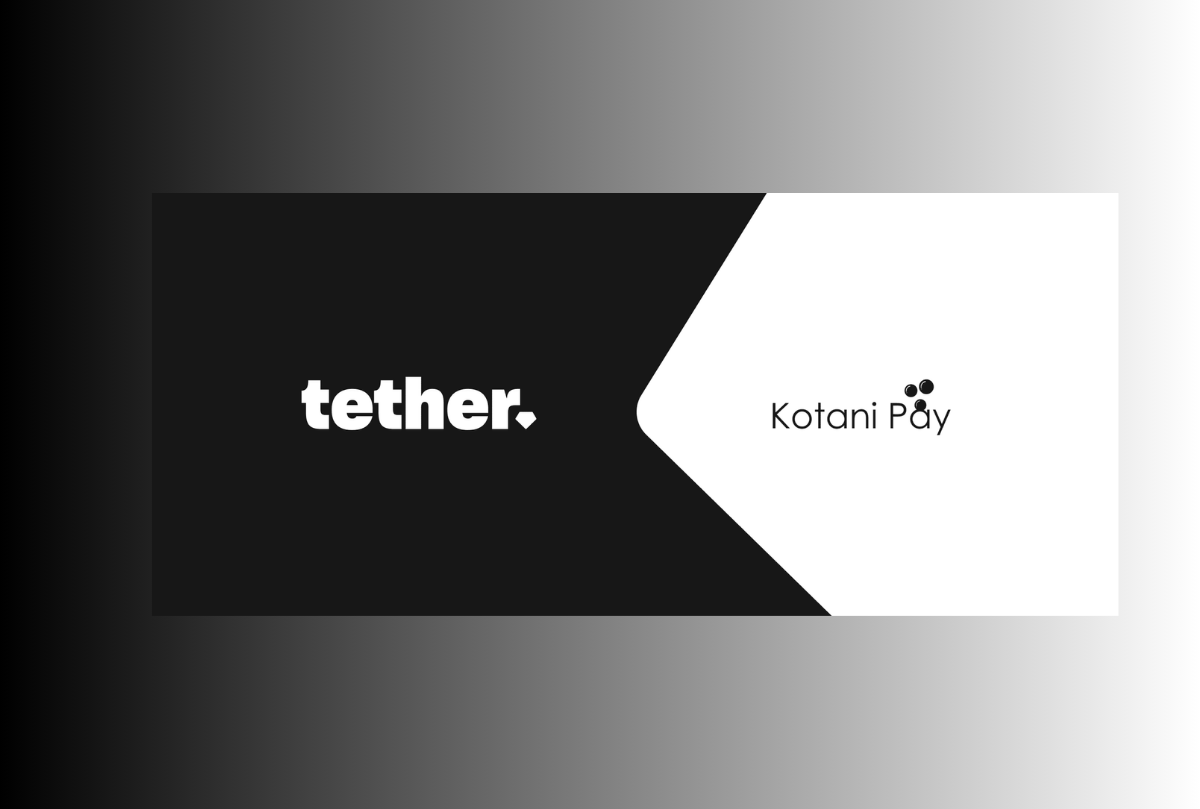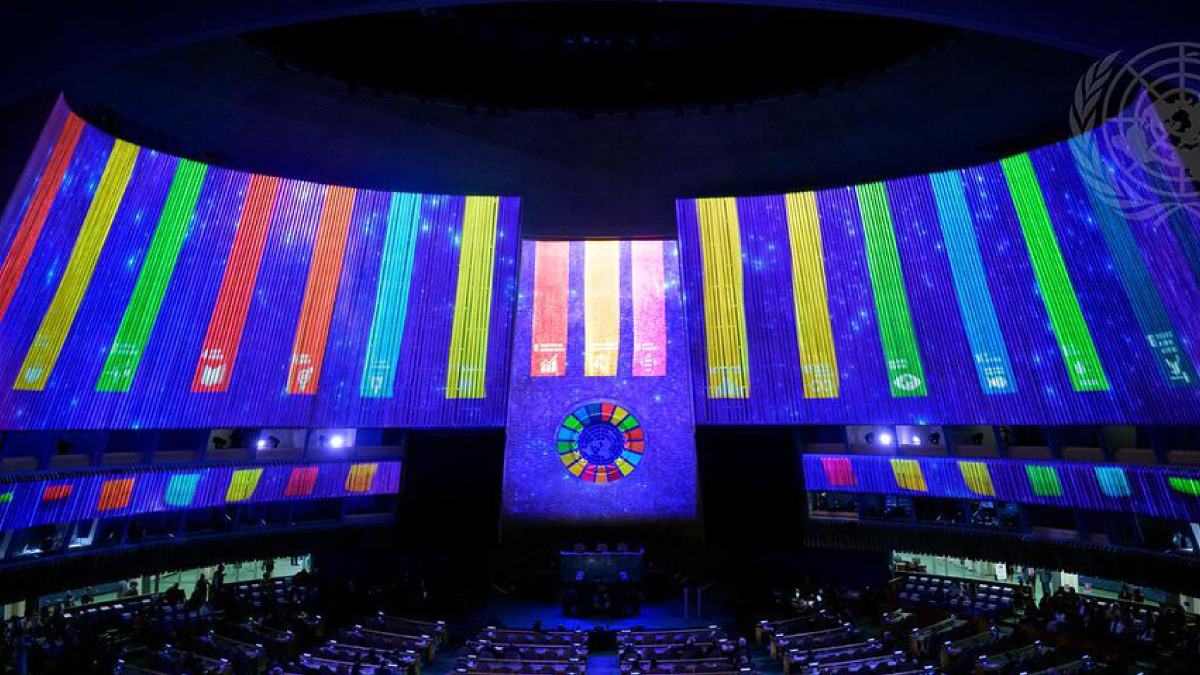Tether Invests in Kotani Pay to Accelerate Africa’s Blockchain-Powered Financial Inclusion – TechAfrica News

Strategic Investment Report: Tether and Kotani Pay Partnership for Sustainable Development in Africa
Introduction: Aligning Digital Finance with Global Goals
A strategic investment by Tether in Kotani Pay has been announced, aimed at enhancing financial infrastructure across Africa. This initiative directly supports several United Nations Sustainable Development Goals (SDGs) by leveraging blockchain technology to foster economic inclusion and growth. The partnership seeks to empower individuals and businesses by providing access to digital assets, thereby lowering barriers to participation in the global economy.
Core Objectives and Alignment with Sustainable Development Goals
SDG 8: Decent Work and Economic Growth & SDG 9: Industry, Innovation, and Infrastructure
The investment is poised to stimulate economic activity by addressing critical financial infrastructure gaps. By improving access to global liquidity and streamlining transactions, the partnership will support small and medium-sized enterprises (SMEs), which are crucial for job creation and sustainable economic growth.
- Enhanced SME Operations: The initiative will mitigate challenges such as high transaction costs and long settlement times, enabling businesses to manage international operations more efficiently.
- Innovation in Financial Infrastructure: Kotani Pay’s on-ramp/off-ramp infrastructure represents a significant innovation, connecting Web3 technologies with local payment channels and building a more resilient financial system.
- Cross-Border Commerce: Facilitating seamless cross-border payments empowers enterprises to expand their reach, contributing to robust economic development across the continent.
SDG 1: No Poverty & SDG 10: Reduced Inequalities
A primary focus of this collaboration is to extend financial services to underserved and unbanked populations, a key step in reducing poverty and inequality. By providing tools for digital asset management, the initiative offers a pathway to financial stability and inclusion.
- Financial Access for the Unbanked: The project directly targets populations excluded from the traditional financial system, providing them with secure and efficient tools to participate in the global economy.
- Mitigating Currency Volatility: In regions facing high inflation and currency instability, access to stable digital assets can serve as a tool for wealth preservation and financial security.
- Empowering Underserved Communities: The partnership aims to create systems that empower communities to build wealth and achieve greater financial freedom, directly addressing the root causes of inequality.
Market Analysis and Projected Impact
Regional Context: Sub-Saharan Africa’s Digital Economy
The investment is timely, as Sub-Saharan Africa is experiencing a significant transformation in its financial landscape. Despite being the smallest crypto economy, its growth is driven by practical, grassroots usage rather than speculation. This reflects a real need for alternative financial solutions.
- Transaction Volume Growth: On-chain crypto transaction volume in the region exceeded US$205 billion between July 2024 and June 2025, a 52% year-on-year increase.
- Key Drivers: Growth is primarily fueled by retail usage and remittances in key markets like Nigeria, Kenya, South Africa, and Ethiopia.
- Addressing Needs: The adoption of digital assets is a direct response to regional challenges, including limited banking infrastructure and currency volatility.
Conclusion: A Partnership for the Goals (SDG 17)
A Collaborative Vision for an Inclusive Future
The collaboration between Tether and Kotani Pay exemplifies SDG 17: Partnerships for the Goals. By combining resources and expertise, the two organizations are committed to scaling access to blockchain-based tools that promote efficiency, transparency, and inclusion. This investment sets a new benchmark for how private sector innovation can be harnessed to achieve sustainable development, shaping a more resilient and equitable digital economy for Africa.
Analysis of the Article in Relation to Sustainable Development Goals (SDGs)
1. Which SDGs are addressed or connected to the issues highlighted in the article?
- SDG 8: Decent Work and Economic Growth – The article focuses on empowering businesses, particularly SMEs, by providing access to financial tools that can foster economic growth and participation in the global economy.
- SDG 9: Industry, Innovation, and Infrastructure – The investment in Kotani Pay represents a focus on building financial technology infrastructure that leverages innovation (blockchain) to improve access to financial services for enterprises.
- SDG 10: Reduced Inequalities – The initiative aims to lower barriers for underserved communities and individuals previously excluded from the international financial system, thereby reducing financial inequality.
- SDG 17: Partnerships for the Goals – The strategic investment by Tether in Kotani Pay is a clear example of a private-private partnership aimed at achieving shared development goals in Africa.
2. What specific targets under those SDGs can be identified based on the article’s content?
-
SDG 8: Decent Work and Economic Growth
- Target 8.3: Promote development-oriented policies that support productive activities, decent job creation, entrepreneurship, creativity and innovation, and encourage the formalization and growth of micro-, small- and medium-sized enterprises, including through access to financial services. The article directly addresses this by stating the investment aims to “empower people and businesses in Africa” and solve challenges “faced by SMEs and corporates in emerging markets.”
- Target 8.10: Strengthen the capacity of domestic financial institutions to encourage and expand access to banking, insurance and financial services for all. The article highlights the goal of providing “extensive access to financial tools” for “large populations that are unbanked or underbanked.”
-
SDG 9: Industry, Innovation, and Infrastructure
- Target 9.3: Increase the access of small-scale industrial and other enterprises, in particular in developing countries, to financial services… and their integration into value chains and markets. The article’s focus on enabling SMEs to “manage international operations efficiently” and “access global liquidity” aligns with this target.
- Target 9.c: Significantly increase access to information and communications technology. The entire initiative is based on leveraging blockchain technology and digital assets to provide financial solutions, thus increasing access to and use of advanced ICT.
-
SDG 10: Reduced Inequalities
- Target 10.2: By 2030, empower and promote the social, economic and political inclusion of all. The article explicitly mentions empowering “underserved communities” and enabling “individuals previously excluded from the international financial system” to “gain direct access to the global economy.”
- Target 10.c: By 2030, reduce to less than 3 per cent the transaction costs of migrant remittances and eliminate remittance corridors with costs higher than 5 per cent. The article notes that the crypto usage is driven by “remittances” and the technology aims to reduce “high transaction costs” in cross-border payments.
-
SDG 17: Partnerships for the Goals
- Target 17.17: Encourage and promote effective public, public-private and civil society partnerships. The “strategic investment” from Tether into Kotani Pay is a private-private partnership designed to “drive our shared goals in Africa and beyond” and “advance the goals of building tools of wealth creation.”
3. Are there any indicators mentioned or implied in the article that can be used to measure progress towards the identified targets?
- On-chain crypto transaction volume: The article explicitly states that “on-chain crypto transaction volume exceeded US$205 billion between July 2024 and June 2025.” This is a direct quantitative indicator of the level of financial activity and adoption of these digital tools, relevant to SDG 8 and SDG 9.
- Year-on-year growth in transaction volume: The article mentions a “52% year-on-year increase” in transaction volume. This growth rate serves as an indicator of the pace of adoption and the increasing integration of these financial technologies into the economy.
- Expansion in users and use cases: The text notes that “key markets such as Nigeria, Kenya, South Africa, and Ethiopia lead the expansion in users and use cases.” The number of active users and the variety of applications (e.g., remittances, business payments) are key indicators of progress towards financial inclusion (SDG 8, SDG 10).
- Reduction in transaction costs and settlement times: The article implies that progress can be measured by a decrease in “high transaction costs” and “long settlement times” for cross-border payments. This directly relates to measuring the efficiency of the new financial infrastructure (SDG 9) and progress towards Target 10.c.
- Number of unbanked/underbanked gaining access: While not providing a specific number, the article’s focus on serving “large populations that are unbanked or underbanked” implies that a key indicator of success would be the number or proportion of these individuals who begin using the financial services provided by Kotani Pay.
4. Table of SDGs, Targets, and Indicators
| SDGs | Targets | Indicators |
|---|---|---|
| SDG 8: Decent Work and Economic Growth | 8.3: Encourage the growth of micro-, small- and medium-sized enterprises through access to financial services.
8.10: Expand access to banking and financial services for all. |
– Number of SMEs utilizing the platform for global operations. – Increase in the number of previously unbanked/underbanked individuals accessing financial services. |
| SDG 9: Industry, Innovation, and Infrastructure | 9.3: Increase the access of small-scale enterprises to financial services and their integration into markets.
9.c: Increase access to information and communications technology. |
– On-chain crypto transaction volume (mentioned as US$205 billion). – Year-on-year growth in transaction volume (mentioned as 52%). – Reduction in settlement times for business transactions. |
| SDG 10: Reduced Inequalities | 10.2: Empower and promote the social and economic inclusion of all.
10.c: Reduce transaction costs of migrant remittances. |
– Number of users from underserved communities gaining access to the global financial system. – Reduction in the average cost of cross-border transactions and remittances. |
| SDG 17: Partnerships for the Goals | 17.17: Encourage and promote effective public-private and civil society partnerships. | – The existence of the strategic investment partnership between Tether and Kotani Pay to achieve shared development goals. |
Source: techafricanews.com
What is Your Reaction?
 Like
0
Like
0
 Dislike
0
Dislike
0
 Love
0
Love
0
 Funny
0
Funny
0
 Angry
0
Angry
0
 Sad
0
Sad
0
 Wow
0
Wow
0















































/environment-climate-change-and-health-(ech)/water-sanitation-hygiene-and-health-(wsh)/landfill-tuvalu-36092.tmb-1200v.jpg?sfvrsn=5c21fe40_1#)


.jpg.webp?itok=0ZsAnae9#)

























